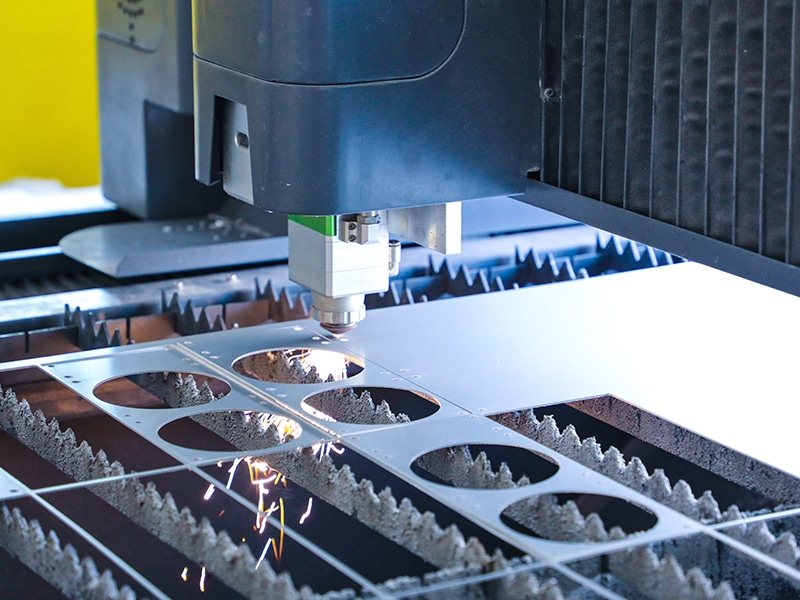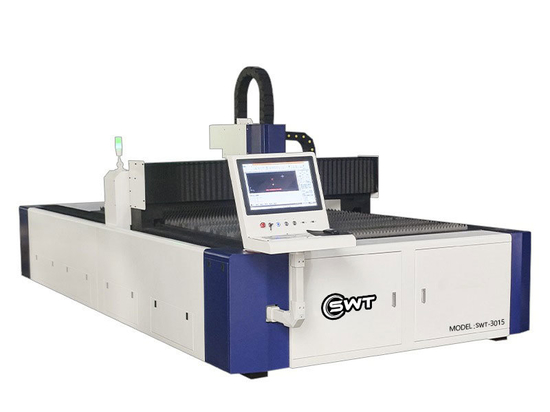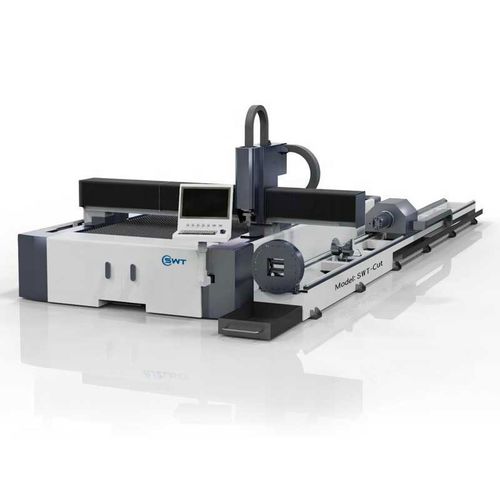
#Industry News
Principles of Fiber Laser Cutting
fiber laser cutting machine for metals
The principle of fiber laser cutting is essentially the same as that of conventional laser cutting, with the key difference being the use of a fiber laser as the light source.
The basic principle of fiber laser cutting include the following aspects:
1.Fiber laser source: the fiber laser is a high-power laser that uses optical fiber as the transmission medium to deliver laser energy to the workpiece for processing. It features high output beam quality, good directional properties, and high stability, making it suitable for cutting operations.
2.Fiber optic transmission system: the fiber optic transmission system is utilized to transfer the laser beam output from the fiber laser to the cutting head, allowing for long-distance transmission while maintaining high beam quality.
3.Optical focusing system: similar to conventional laser cutting, fiber laser cutting also requires an optical system to focus the laser beam onto the workpiece, creating a small focal point to achieve localized heating and cutting.
4.Material cutting: when the fiber laser beam is focused onto the workpiece, its high energy is absorbed by the material, causing the localized area to heat up to the melting or vaporization temperature. In this scenario, material cutting and processing can be achieved.
In summary, fiber laser cutting uses a fiber laser as the light source, and through the fiber optic transmission system and optical focusing system, the laser beam is focused onto the workpiece to achieve cutting and processing of the material. Due to the high power, stability, and efficiency of fiber lasers, fiber laser cutting is widely used in cutting and processing various materials, including metal and plastic.





